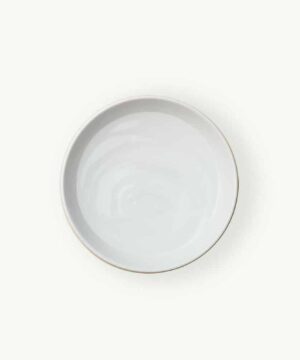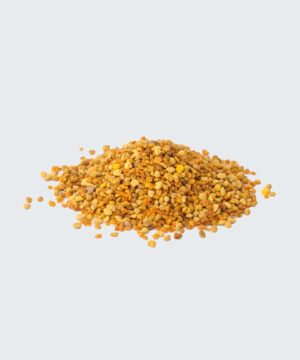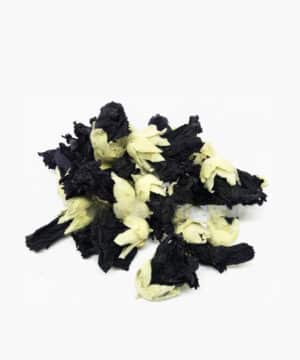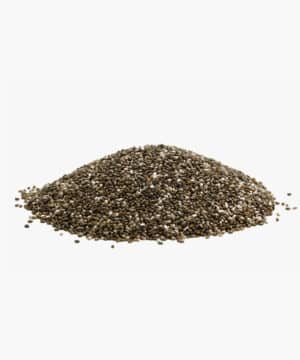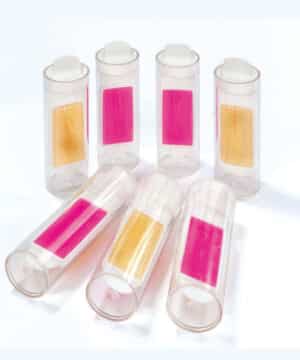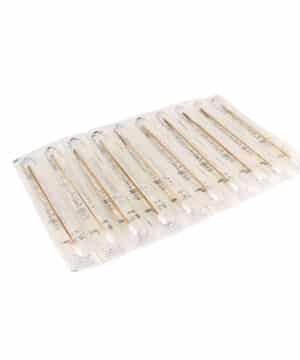Cosmetics
Showing 1–12 of 915 results
Showing 1–12 of 915 results
The tradition of making homemade skin care has long been a part of many cultures around the world, with recipes often passed down from generation to generation. In recent years, homemade skincare has seen a resurgence in line with the growth of the green beauty movement. It’s a booming trend right now, and you’ll find that homemade DIYers love to share their recipes and results on social media.
Choose the right formula for homemade skin care
The first step in developing a homemade skincare product is to find a suitable formula – one that not only nourishes the skin, but also remains safe and stable during use. When choosing a formula, your choice should consider not only the ingredients, but how they interact with each other.
Most organic skin care professionals get very excited about the exquisite ingredients you work with, the beautiful cold-pressed vegetable oils, the rich creamy exotic butters, the fragrant intoxicating essential oils, the wonderfully calming floral water, the mineral-rich clays, the high-quality cosmeceuticals, the botanical extracts that counteract aging.
Once you know what ingredients to work with, you need to find a professional formula.
Add a natural preservation system
Preservatives are ingredients added to a formulation to prevent microbial growth and to extend the shelf life of a product.
Preservatives have been added to most cosmetic products. Most water-based products, and even some anhydrous products (formulations that do not contain water or water-loving (hydrophilic) ingredients) must contain a preservative system to protect against contamination from yeast, fungi and bacteria. If your formula contains water, it provides ideal conditions for bacteria and fungi to grow.
Is there water in your formulation? Is it likely that water will get into your homemade skin care product during use? Then add a preservation system!
A preservation system must be broad spectrum, which means it must protect your formula from the microbial growth of both gram-negative and gram-positive bacteria, yeasts and fungi. Natural preservatives are easy to find and we recommend that you always follow manufacturers and suppliers’ directions for use to ensure that your preservative is active and working as expected in your product.
Anhydrous products pose a lower risk of developing microbial growth, which is why many organic skincare formulators decide to make anhydrous formulations for their homemade skincare. Keep in mind that anhydrous formulations are prone to oxidation and rancidity. To slow down this breakdown process, it is recommended that you add an antioxidant such as vitamin E to your formula.
Remember, contamination can occur long before you see the visible signs of microbial growth on your homemade skincare product. If you don’t want to add a preservative to your formulation, make only anhydrous products.
In brief:
1. Aqueous products are susceptible to contamination and usually require a preservation system.
2. Anhydrous products are prone to oxidation and usually require an antioxidant.
Choose the correct container
Not only is it great fun to choose a beautiful packaging for your homemade skincare, but the right packaging can also help keep your formula safe and stable for longer. In fact, it’s important to keep your homemade skin care products in proper, hygienic containers. Fortunately, there are many great packaging suppliers online that will send you ready-to-use containers for your beautiful botanical formulations.
Produce the right amount
Since it is nearly impossible to know the likely expiration date of homemade skincare products, producing small quantities is one of the best tips we can give you. Not only does this mean that your cream, balm or butter is as fresh as possible, but you can also regularly play with different ingredients to prepare a fresh batch.
Measure your ingredients correctly
You need to measure your ingredients, both liquids and solids, by weight using a digital scale. Weight measurement is the most accurate method and allows you to have the right balance of ingredients in your formulation. Finding a good scale is important when you start making homemade skin care products.
The volume of liquid ingredients varies with their density and temperature, and it is easy to exceed the recommended concentration if you measure them in droplets, especially if you add ingredients, such as essential oils, in very low concentrations. In addition, you should always write down your formula and work with percentages so that you can reproduce or scale your batch to larger quantities.
Follow usage recommendations
One of the main reasons people make homemade cosmetic products is because they want to know what’s in their beauty products. We have to point out that not only the ingredients themselves are important, but how they are used in the formulation. As mentioned above, it is essential to follow the usage recommendations for many cosmetic ingredients, and some of them, if used in wrong amounts, can cause skin sensitization.
When making your own cosmetics, some ingredients, such as certain carrier oils, can be used at 100 percent concentration. However, many other ingredients have strict dosage recommendations. For example, if you work with essential oils, you should observe the skin limits. The same goes for preservatives – you must follow their recommended use levels to be safe and effective.
Essential oils and natural preservatives are among the ingredients that can cause hypersensitivity in some people and it is therefore imperative that you follow the usage limits recommended by the supplier or manufacturer to create safe cosmetic products.
Measure and adjust pH
Measuring the pH of a product is a simple step that should not be missed when putting together your homemade skin care regimen, as it is critical to the safety of a product.
The pH of a product affects many important characteristics of your formulation. For example, you can tell from the pH of the product whether your chosen preservative will work effectively and safely. The pH also influences the appearance, color and smell of a product, among other things.
You don’t need a high-tech pH meter to measure the pH of your products; You can use pH strips, which are readily available and affordable, as you start putting together homemade skin care products for personal use.

